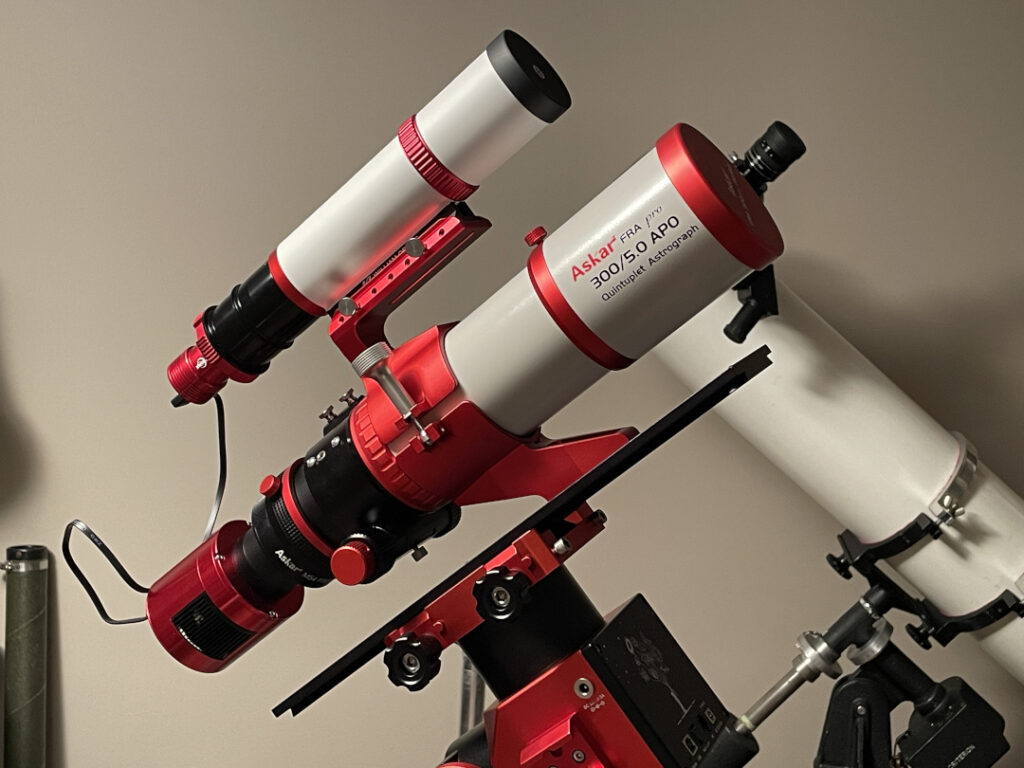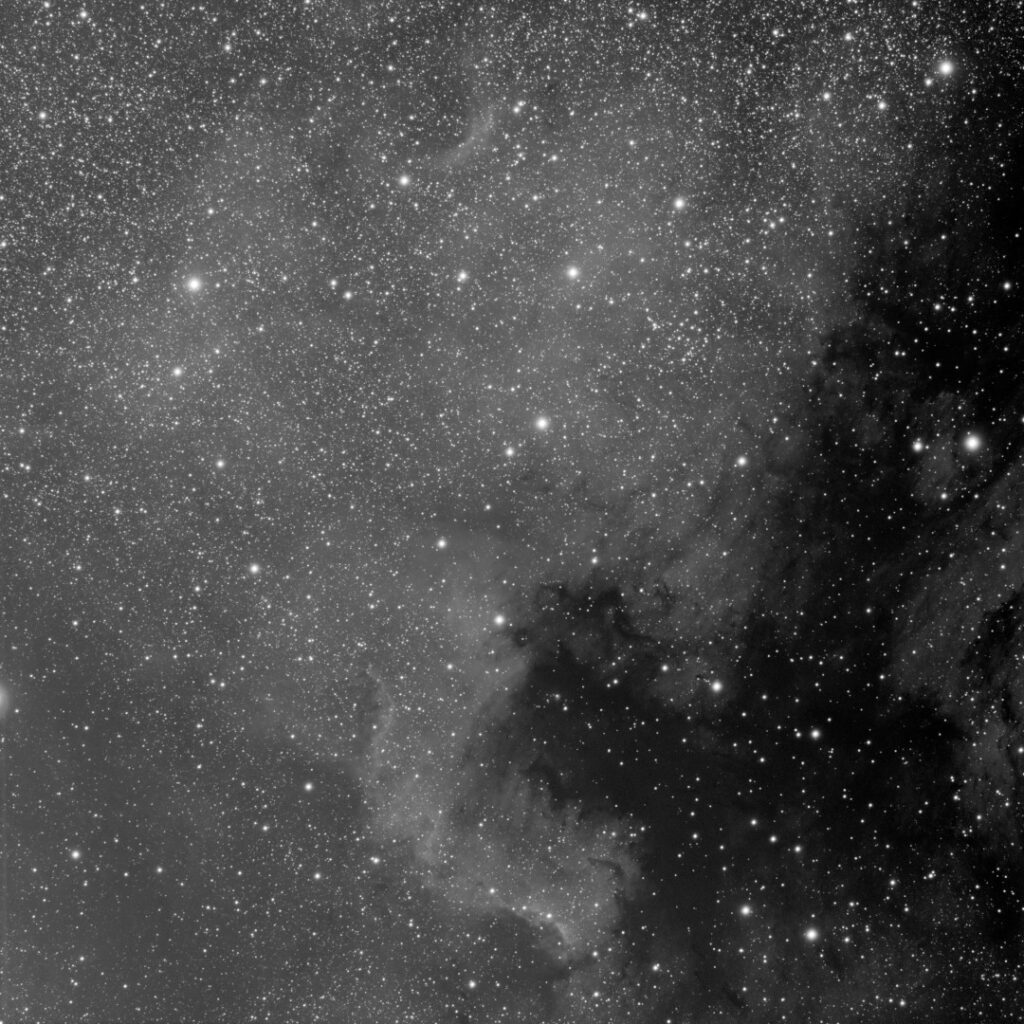
New Telescope
As a beginner, I started with the equipment that I already had. But the telescope that I have is really not suited for photography. The recommendation for astrophotography telescopes for beginners are: short focal length, lightweight, refractors, with a large image circle. My telescope is a very long focal length, heavy, reflector, with a small image circle.
There is nothing wrong with my big telescope, it is just best suited for visual astronomy. The long focal length gives lots of magnification. The weight is due to a large optical mirror that collects enough light for your eyes to see dim objects. That mirror does not stay collimated over long image sessions the same way lenses do. The small image circle is suited to an eyepiece, not a camera sensor. It’s fine, but not very good for this application. Telescopes that are primarily for photography are called astrographs.
The telescope that I decided to go with is in the upper end of what are considered beginner astrographs. It is a short 300mm focal length, so it offers a forgiving wide field of view, and is significantly more compact when compared to my antique behemoth. With the guide scope mounted on top, it is surprisingly heavy for it’s small size but still a very manageable weight. For me, the biggest benefit of the new telescope is how easy it is to set up. Reflectors, especially old ones like mine, need constant maintenance to keep the optical elements aligned. This is called collimation, and has been a huge pain point for me. Refractors on the other hand, like the new one, will stay in alignment unless they are damaged.
Below is the first picture that I have taken with the new telescope. This is the North America Nebula. In the bottom center is a crescent shape made of ionized gasses that is known as the Cygnus Wall. So far, I’m very happy with the new scope, and excited to start taking more pictures soon.
